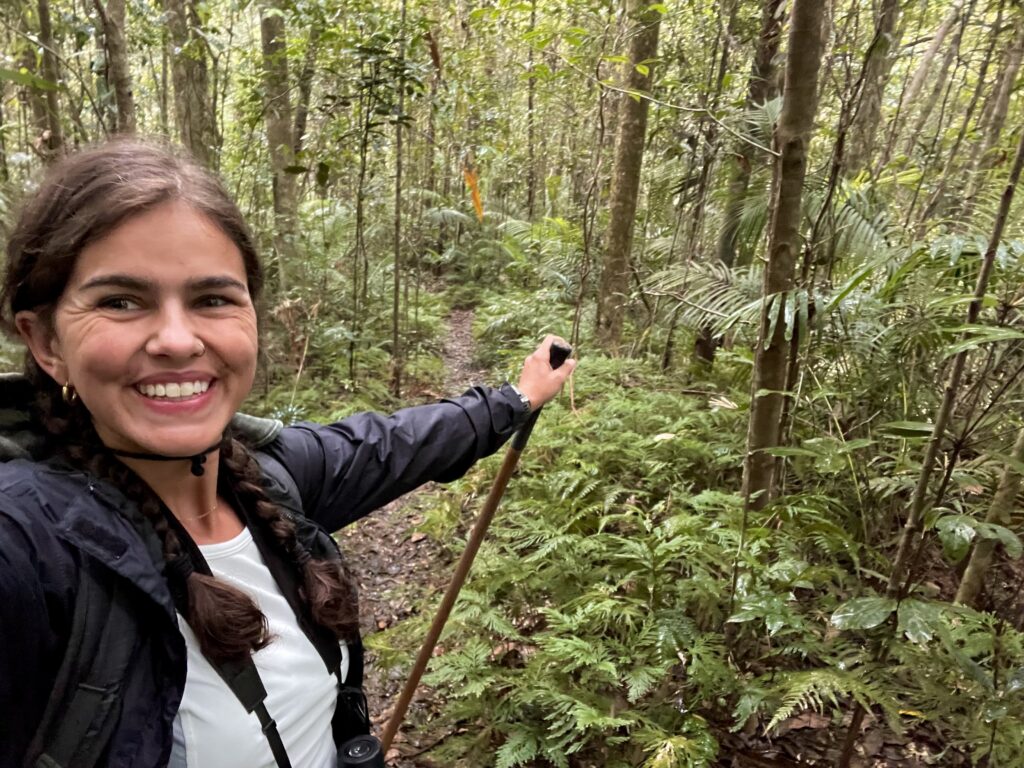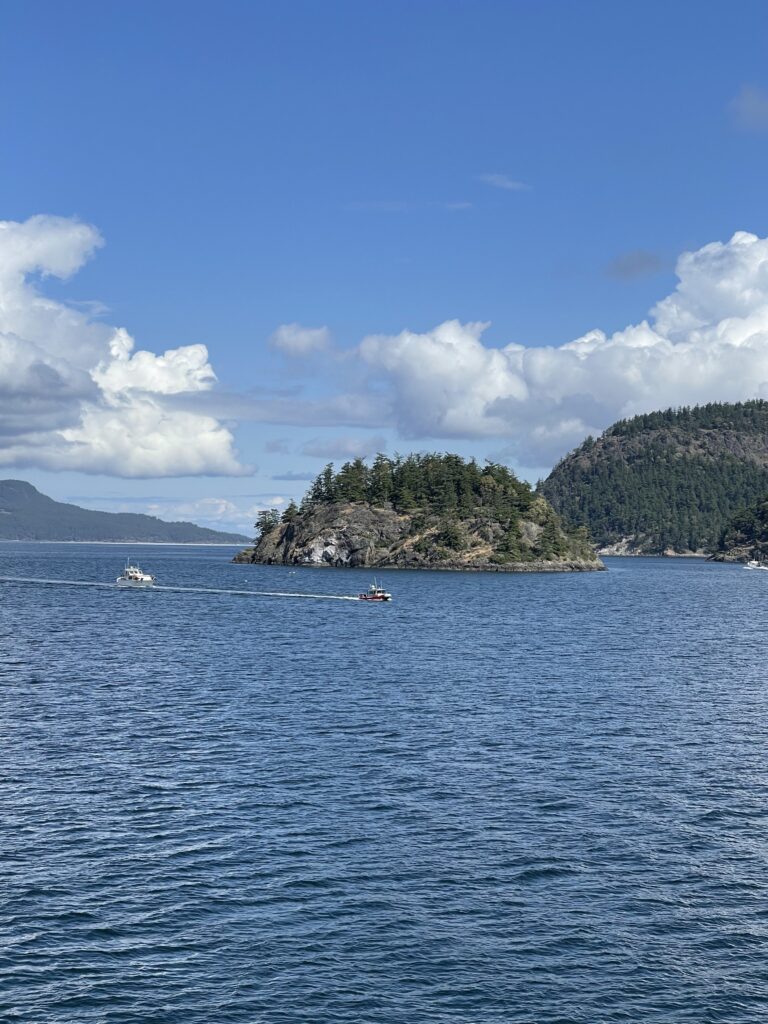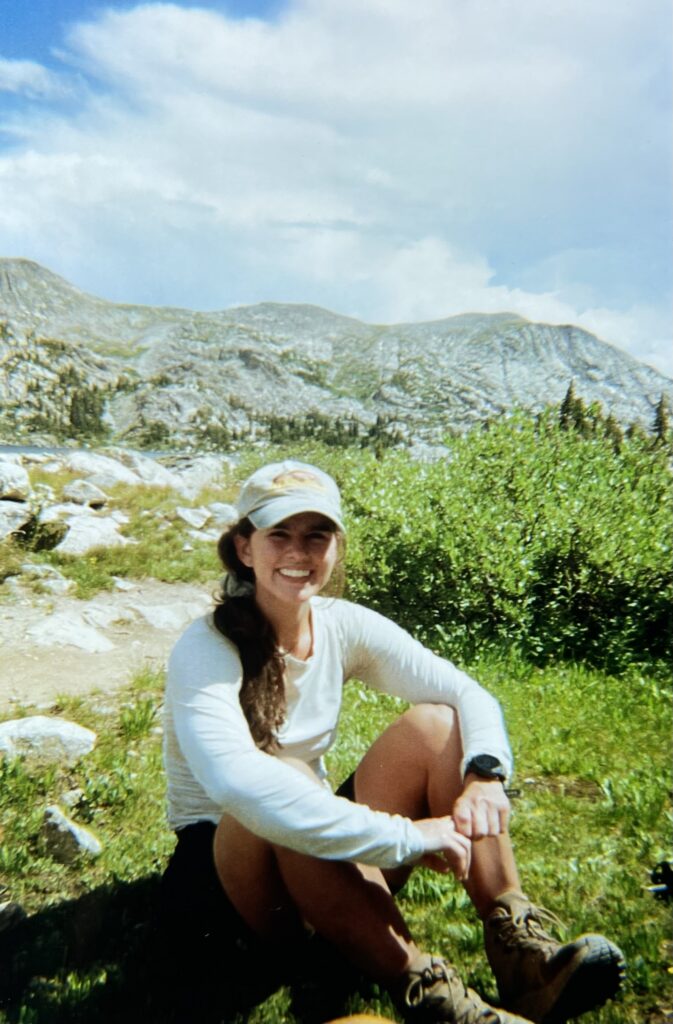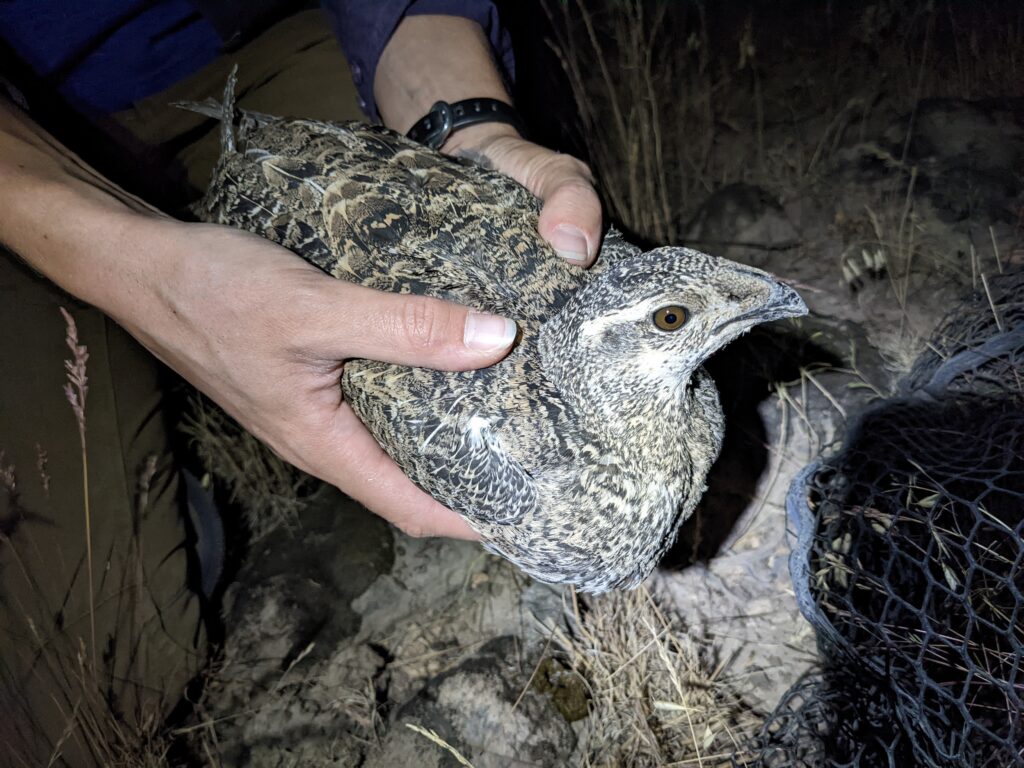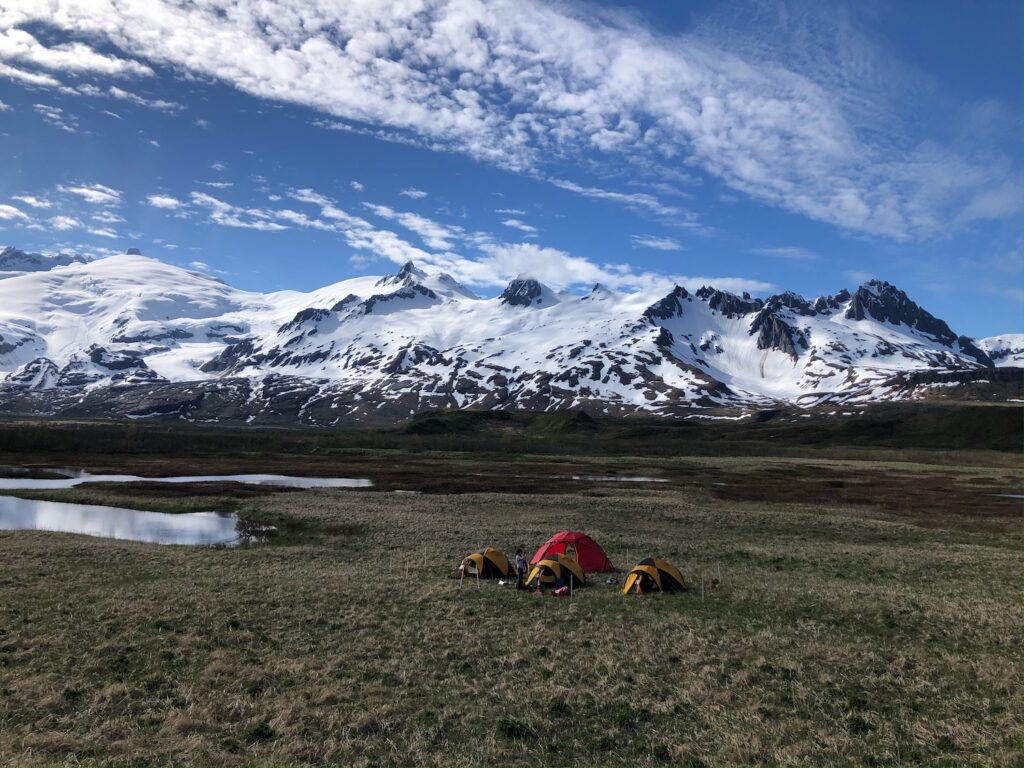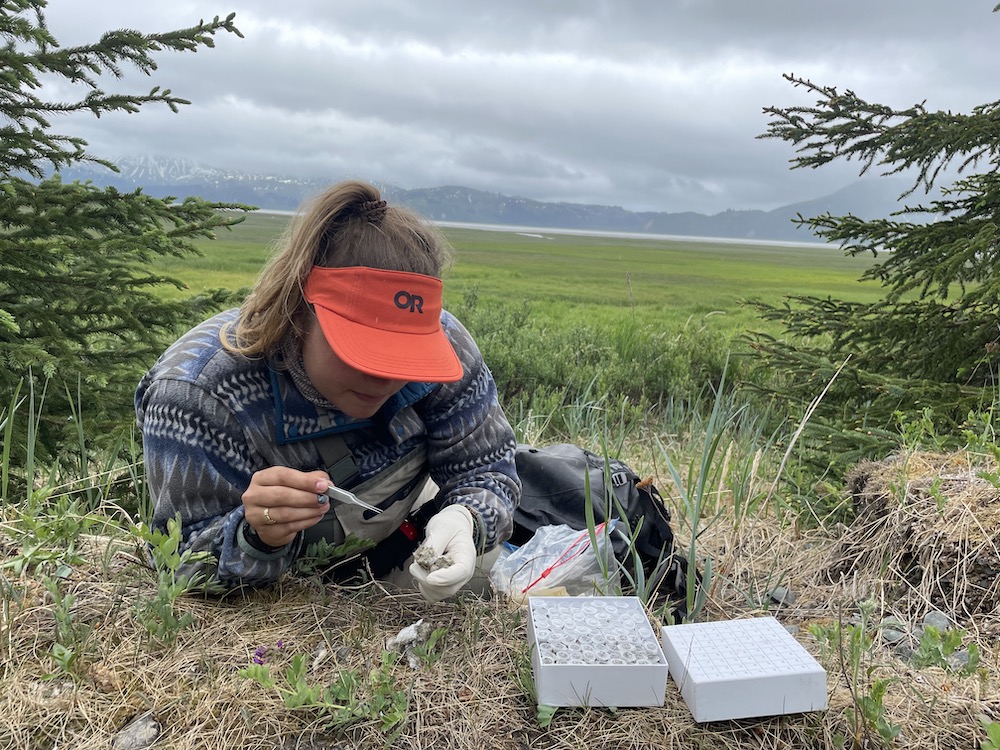Many people enjoy their time visiting wildlands whether it means hiking, birding, or searching for exotic mushrooms, but as more people visit the outdoors there are more and more layers of expected uses for a single patch of forest. Since a 1960 Congressional act, National Forests have been designated multi-use which includes managing the land for “outdoor recreation, range, timber, watershed, and wildlife and fish purposes.” Hikers and bird-enthusiasts may have overlapping expectations of calm and serenity when stepping foot on the trailhead, but that’s a far cry from what a mountain biker wants out of a trail system where speed and steepness are prioritized. Additionally, there are demands for timber production vital to rural community survival and finding recreational areas for hunting and fishing. With all these expected uses, there is no doubt there will be conflicts. The vexing questions that simmer for land managers is understanding where on the landscape federal dollars can be utilized for maximum public good.
The way we’ve approached that question has changed over time. In the past, these management decisions were answered with a pure ecological understanding of the area such as: which soils can support mushrooms growth, or what trees species can support a bird species of interest. Making decisions completely within the ecological framework could miss the fact that the local community prioritizes river access because of its strength as a tourism hub for whitewater rafting, for example. Instead of spending money on a bird exploration trail they may prioritize the repair of a boat ramp or a wildfire prevention treatment around a heavily used section of river that is susceptible to summer fires. The latter two options are likely to have much stronger public support, gain local advocates in the process and, in the long run, make it possible to expand the range of successful recreational programs. Those ideas are examples of an idea where the ecology of the land and the social factors are taken into account to better focus management decisions in a process called Human Ecology Mapping.

Jackie Delie and brother, Anthony Delie, exploring the Great Bear Rainforest, British Columbia Canada
If we can take into account the ecological factors of the area that bracket what is physically possible on the land and better understand the priorities of the local community, then land managers can make more informed decisions that are less likely to result in user conflicts and are more likely to create long-term positive impacts on the relationships humans have with the land. Our guest is Jackie Delie a Masters student in the Department of Fisheries and Wildlife who is using the Human Ecology Mapping technique in a more visceral relationship: human and black bear interactions in Oregon. Jackie is advised by Dr. Kelly Biedenweg, a social scientist, who previously had another student exploring social spatial data for sustainable management in the Hood Canal between Oregon and Washington. This study suggested that this is a method that can yield positive results across a variety of user groups.

Black bear sighting on the river bank in the Great Bear Rainforest, British Columbia Canada
Furry and curious or big and scary? Your immediate thoughts about black bears is likely related to your previous experiences with them. If you’ve seen bears napping in the sun from behind a glass enclosure at a zoo, you probably think they’re gentle giants. If you’re chasing bears out of your backyard while they scatter trash across your front lawn every week, you probably have different feelings. You may expect the more you are exposed to bears the more you know about them; however, what kind of exposure is critical to your feeling about bears. If you’re a hunter or hiker, you likely have very positive experiences with bears compared to a homeowner nestled in the wildland urban interface but does not recreate in the forest. Jackie is leveraging the spatial GPS data of black bears killed over the past decade, as reported from the Oregon Department of Fisheries and Wildlife, and examining how the cluster of those points relate to how people use the landscape and their experiences and values.

Jackie Delie checking on camera trap cameras in black bear habitat on the urban-wildlife fringe in King County, Washington
This is the first study of its kind that looks at the human dimensions of human and black bear interactions in Oregon, as Oregon is one of the few places that mandate GPS points be recorded for black bear kills. Jackie collected in-person interviews at 18 different trailheads throughout Oregon asking participants a variety of questions. One of them is to physically draw where in Oregon they use the landscape and for what use – hiking, hunting, rafting, or another activity. Using both spatial and social datasets she may begin to elucidate not only where there are overlapping user areas, but how those areas may influence the human perceptions of black bears in the environment. The larger goal of Jackie’s project is to help inform the management plan through the Oregon Department Fish and Wildlife so they can make better decisions on where to prioritize resources on the landscape to better understand why human opinions differ about black bears.

Jackie Delie conducting research in the Panama rainforest on the behavior of mantled howler monkeys (Alouatta palliata) or you can say solo research time in the Panama rainforest
Merging two (somewhat) disparate fields of science is rare for a graduate degree, but knowing Jackie’s road to graduate school makes it seem rather natural. She conducted her undergraduate degree in Switzerland doing countless endeavors from Australia to Kenya learning about new foods, cultures, and sciences. After many travels and internships, she knew she wanted to purse graduate school. It was almost one year from the first time Jackie contacted her advisor until she became a student here at Oregon State.
Be sure to listen to the interview Sunday 7PM, either on the radio 88.7KBVR FM or live-stream, to learn how a holistic approach to land management can ensure a more successful project outcome, and how Jackie traveled the world and ended up back in the Pacific Northwest, an area she calls home.
Dr. Biedenweg Research Website
Jackie Delie’s Website
